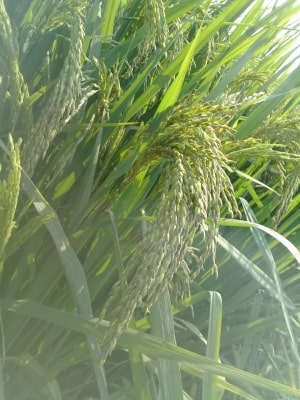The damaging cyclone Yaas, which brought life to a standstill in several eastern states including West Bengal and Odisha just last month has also brought cheer to many just ahead of the rice sowing season.
While the cyclone damaged many crops, the rice growers are not complaining.
Ram Sakal Mandal, a farmer in Bihar’s Madhubani district said that the residual rains that followed Yaas has helped the soil gather moisture.
“The rice growers start their preparation for the crop from May end- June and the exercise essentially involves soil treatment for sowing the seed. This time, the rains led to the required moisture in soil and a lot of manual labour that is otherwise needed to prepare for the crop was not required,” Mandal said.
With expectations of a good monsoon, India that emerged as the largest supplier to rice in the world in 2020-21 is once again looking at an expanded production of paddy.
Also read: India could see another bumper crop despite Covid 19
Production of rice and other field crops—crops other than vegetables and fruits—is also rising amid the Covid 19 pandemic as many farmers are moving away from growing perishable items. Rice contributes more than 35 per cent of the country’s total food grain production.
“We have seen many farmers opting to grow field crops which are more enduring than vegetables. While this may create some demand supply mismatch for a certain kind of vegetables, overall it ensures ample supply of food grain,” Venkatram Vasantavada, Managing Director & CEO, SeedWorks International Pvt Ltd told India Narrative.
Analysts said that the gloom that came with the severe second Covid 19 wave is fast disappearing.
Also read: Centre and states must focus on containing Covid 19 in rural sector ahead of Kharif sowing season
“Covid 2 had not just hit the urban areas but the rural sector was badly impacted too, giving rise to anxiety and fear. However, things have now started to look up from May 15 onwards, as the number of infected cases has come down, Vasantavada added.
The main rice producing states in India are West Bengal, Uttar Pradesh, Andhra Pradesh, Punjab, Tamil Nadu among others.
Earlier in an interview to the Financial Express, D.V. Prasad, chairman of the public sector Food Corporation of India—that deals with the public food distribution programme — said that “there is absolutely no need to worry as far as the availability of wheat and rice is concerned in any part of the country.”
Agriculture and its allied sectors continue to remain the largest source of livelihoods in India.
Meanwhile, policymakers said that the district level authorities have already swung into action to provide the necessary aid to those engaged in the agriculture sector.




















